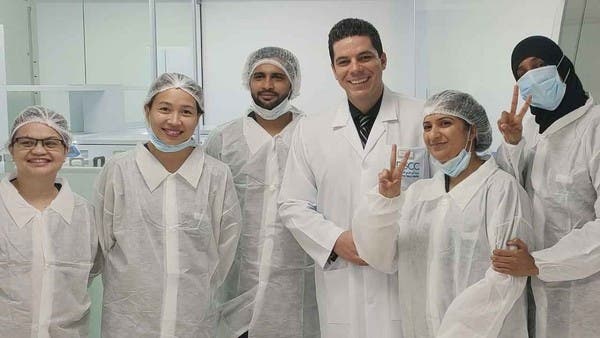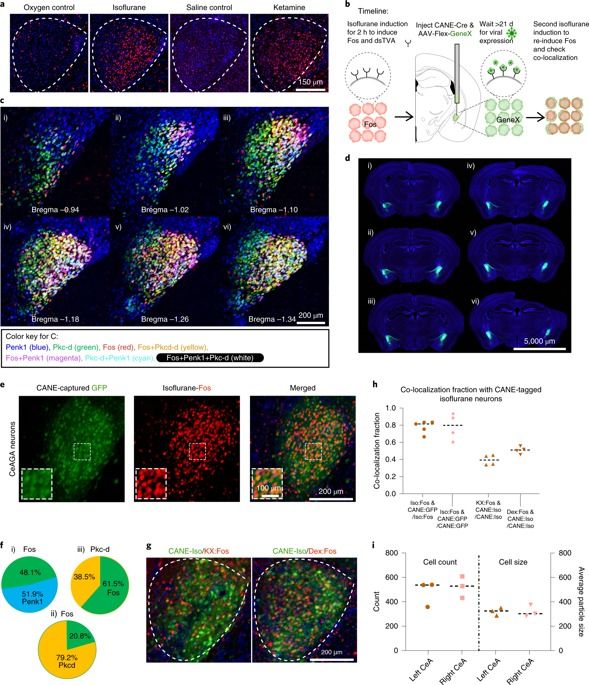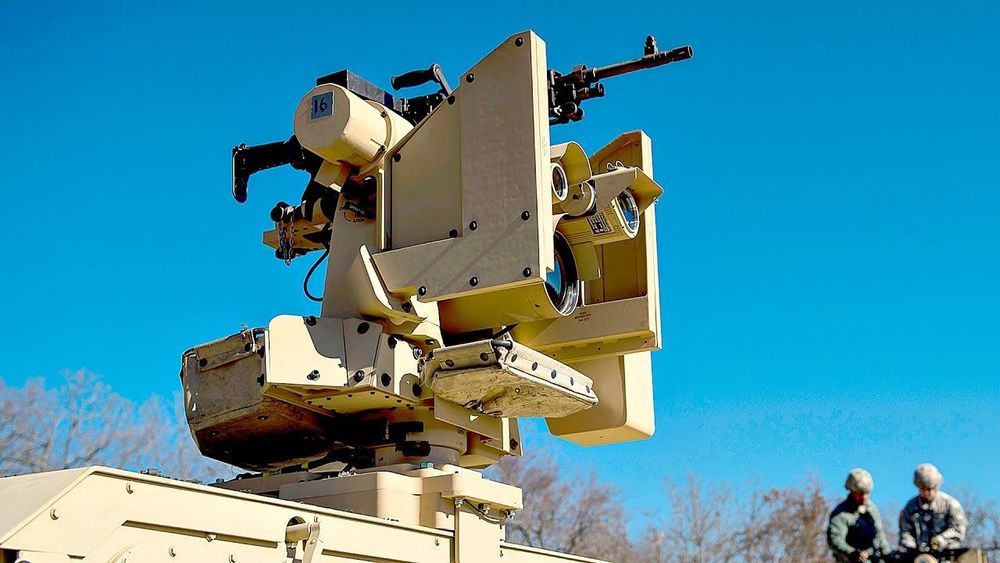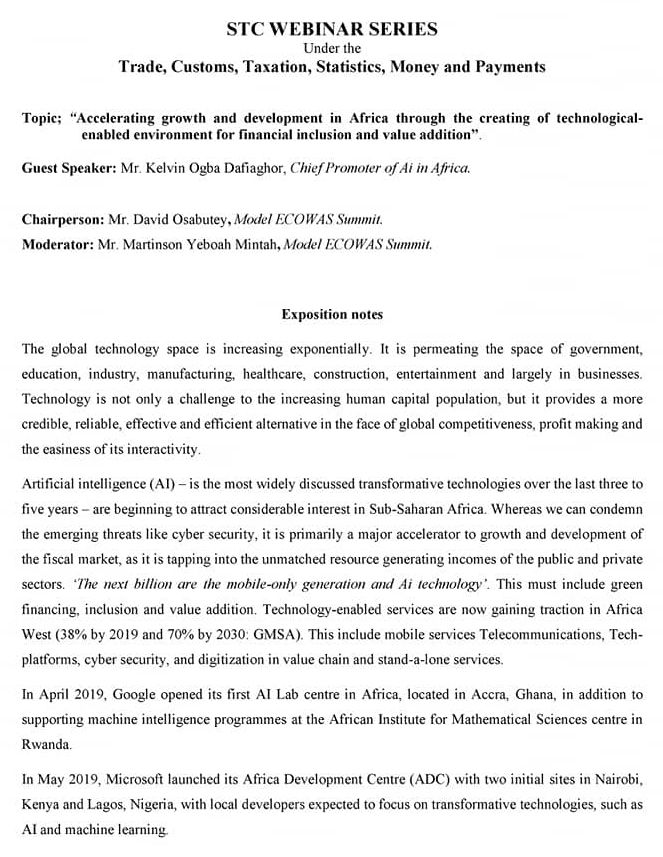May 23, 2020
“I consider myself a post-humanist” — Francesca Ferrando interview
Posted by James Bickerton in category: transhumanism
https://www.youtube.com/watch?v=JEdVe0IlHyc
I recently interviewed post-humanist Dr Francesca Ferrando on the relationship between the global transhumanist and post-humanist movements – might be of interest!
Blown away by the support since I launched my YouTube channel focused on futurist/transhumanist topics a couple of months back & have decided to invest in better equipment to boost the quality. In the meantime very grateful for any subscribers 😊.
Continue reading “‘I consider myself a post-humanist’ — Francesca Ferrando interview” »


















